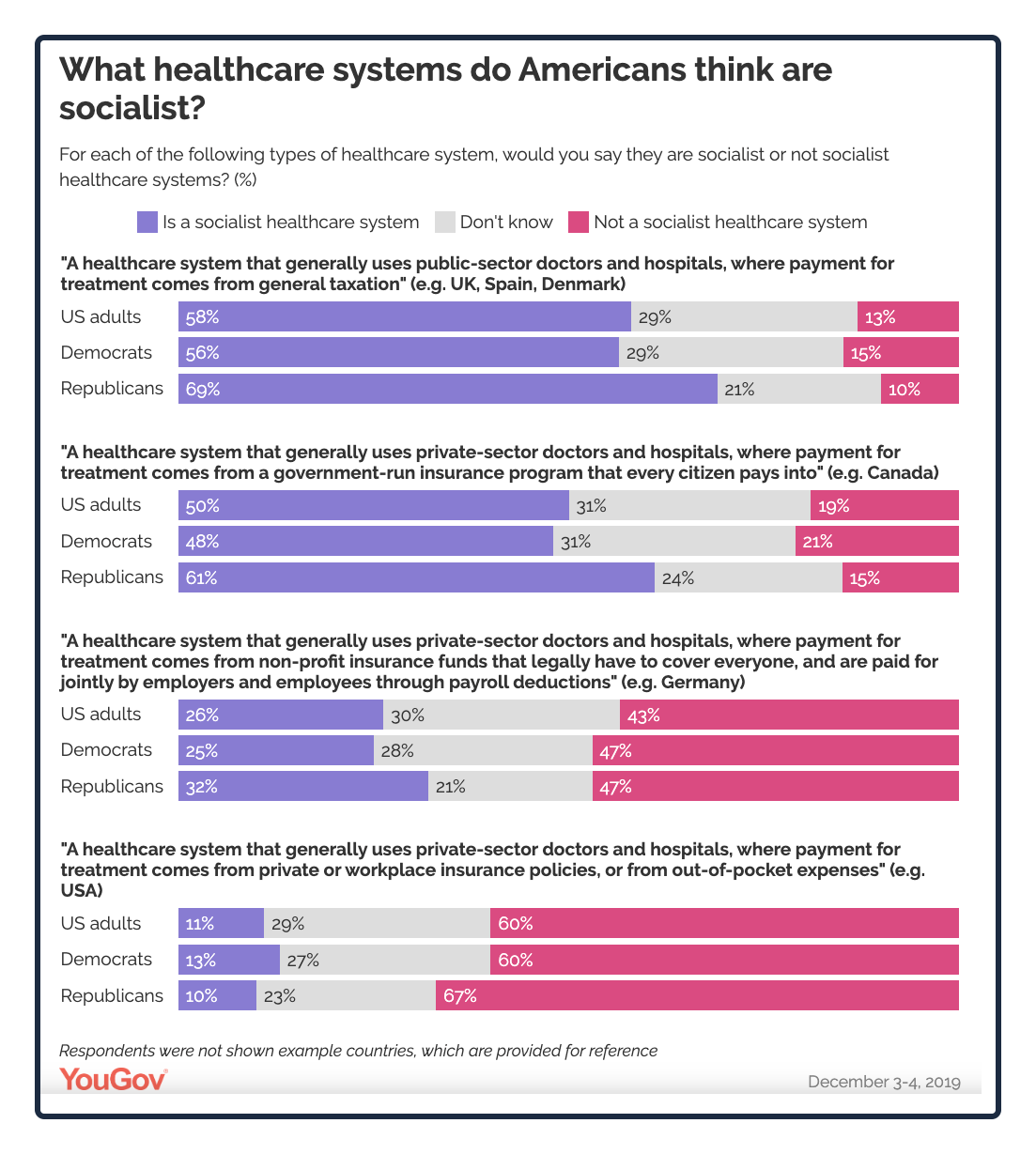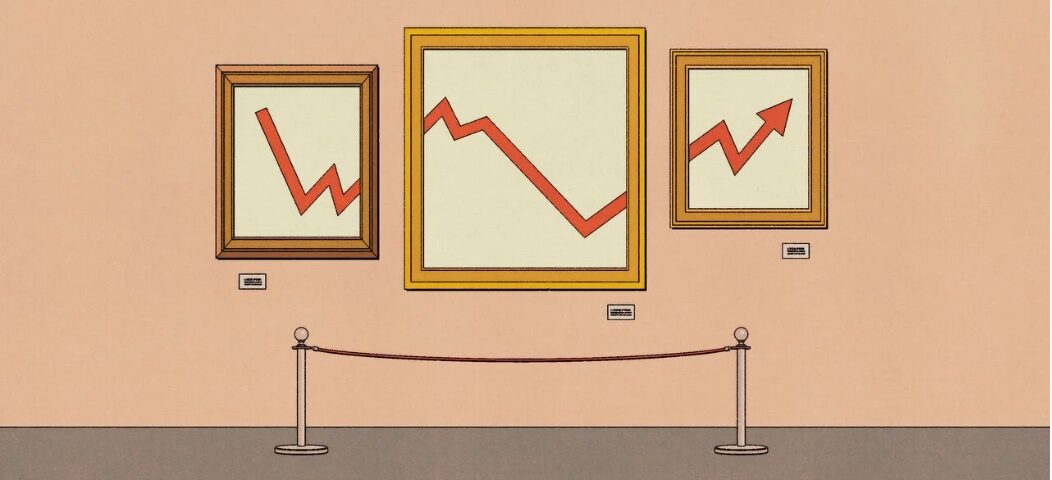
Where Sludge Slows Us Each Day
November 3, 2025
How to Plan for a Catastrophe
November 5, 2025With our headlines focusing on democratic socialism in NYC (and beyond), today, let’s take a look at different economic systems.
Capitalism
Assuming capitalism is almost the same as the market, we can use my slightly tweaked version of what Adam Smith described in his thousand plus page masterpiece, The Wealth of Nations (1776). Like the market, capitalism ideally functions from the BOTTOM-UP.
In a capitalism system…
- Production requires a division of labor that facilitates mass production.
- Through mass production, regions can specialize and trade.
- On the supply and demand sides of the market, incentives propel the consumers that want low prices and the businesses looking for profits.
- Markets are composed of businesses and consumers that determine prices and quantities. They satisfy each other’s needs when they optimally interact.
- Playing a “laissez-faire” role, government should primarily leave the economy alone to avoid distorting productive incentives. However, laissez-faire should be offset by regulatory policies that preclude monopoly power and ensure fair competition. Governments also need to tax and spend to fund basic services that include providing a money supply, a justice system, a transportation infrastructure, and military defense.
- The goal is economic growth.
Socialism
A traditional definition of socialism takes us to central planning. It is a TOP-DOWN system for producing and distributing goods and services. In a socialist system, government controls a country’s land, labor, and capital. And then with those resources, it supplies goods and services.
In a Hill HarrisX survey from May 2019 (the most recent I could find), 19 percent could not define socialism. Instead, people had a gut reaction. They felt something positive or negative. But only 13 percent had an accurate definition that related to government ownership of the parts of the economy. Meanwhile, believing that socialism “ends poverty and provides basic things,” one third of the respondents had a much more appealing impression:
Wondering what fits under the socialism umbrella, we can ask some of these YouGov questions in its socialism survey.

Answers varied when they also asked survey participants whether any of the following represents socialism:

Social Democracy and Democratic Socialism
In a 2019 article, the NY Times gave the best academic definition of two very similar socialist philosophies. Distinguishing the two approaches, an editor of a social journal explained, ““We come from the same tradition…” Qualifying, after that he said social democrats accept the need for private capital while democratic socialists do not. However, we should note that candidates and constituencies present their own interpretations.
Prevalent in Europe, social democracy uses capitalism as its springboard. From there, income redistribution moves relatively high taxes to government programs. While countries vary, typical programs diminish inequality and provide universal healthcare. Also, we might add childcare programs, parental leave, and multiple week vacation guarantees.
By contrast, doctrinal democratic socialism eschews capitalism. Instead, a National Director of the Democratic Socialists of America said, “Our ultimate goal really is for working people to run our society and run our workplaces and our economies.”
Our Bottom Line: Economic Systems
Composed of just three questions and three systems, we can conclude with a basic economics menu.
To satisfy our wants and needs, economies need to decide…
- What should be produced?
- How should goods and services be produced (which land, labor, and capital)?
- Who should receive the income?
The answers come from tradition, command, and the market. In traditional economies, the past determines the future because children tend to select their parents’ roles and occupations. A second possibility is command with its top-down response to “what, how, and to whom.” Lastly, we have the market’s bottom-up production and distribution decisions.
However, rather than three separate systems, in many ways, we combine them.
Looking back through history, we can see the affluence that capitalism produced with the help of government.
My sources and more: Using data and quoting from econlife posts, here and here, today we added this YouGov survey and a NY Times article. And finally, for a wonderful essay on socialism, do read this econlib article from Robert Heilbroner.
Our featured image is from The Economist.
![econlifelogotrademarkedwebsitelogo[1]](/wp-content/uploads/2024/05/econlifelogotrademarkedwebsitelogo1.png#100878)





